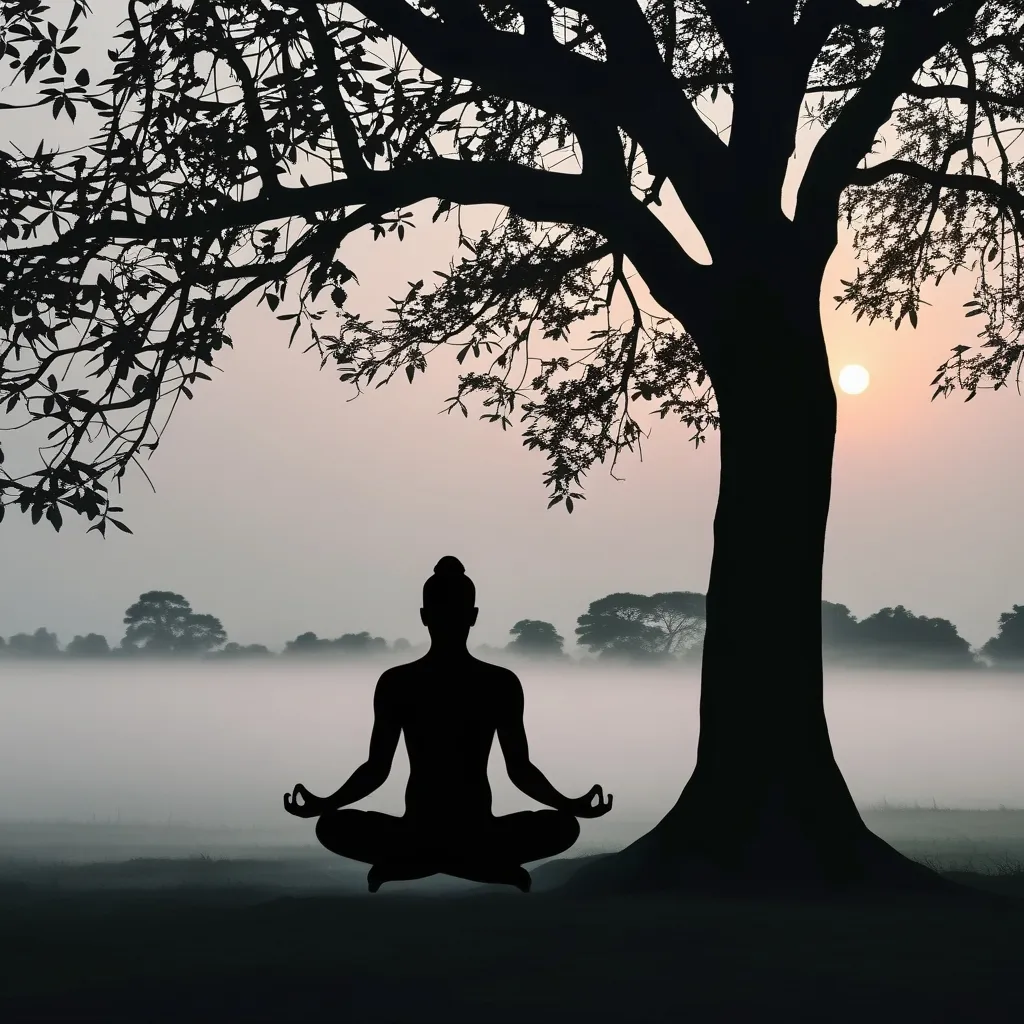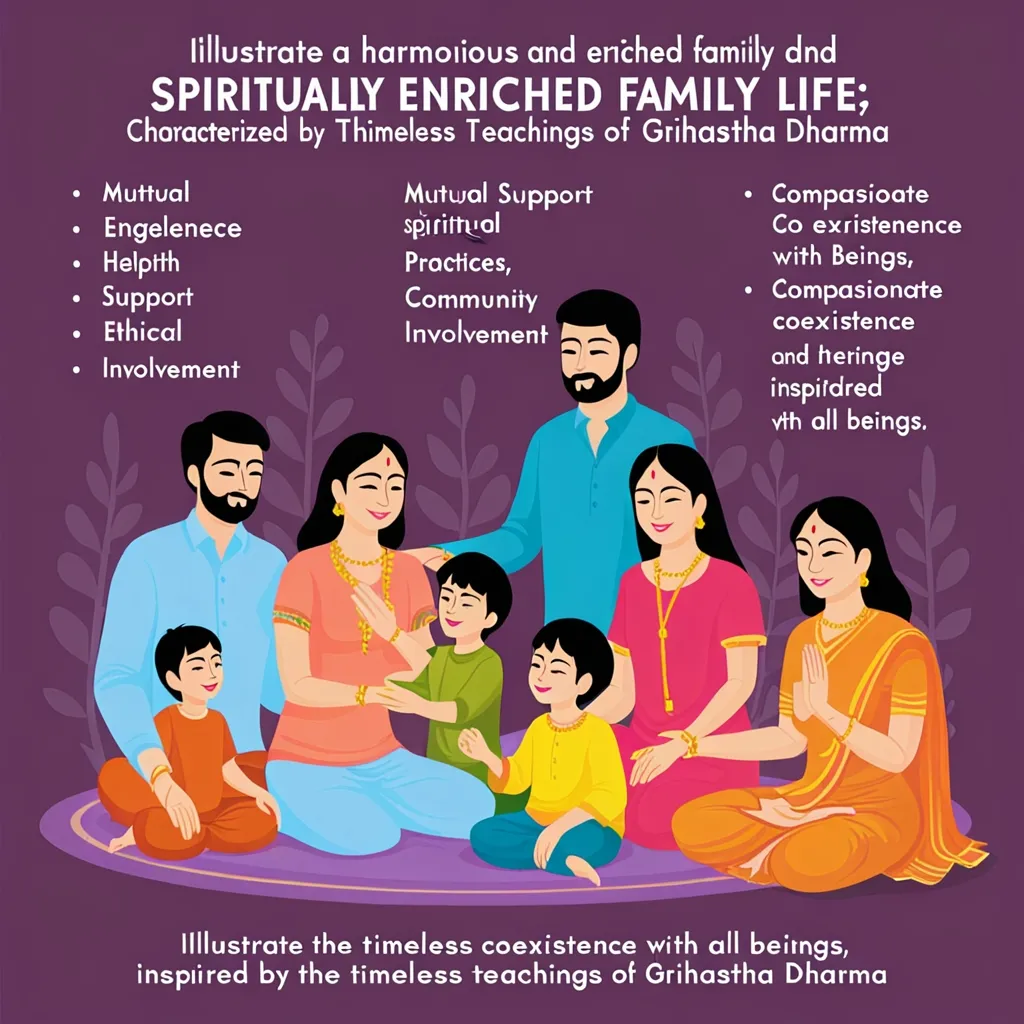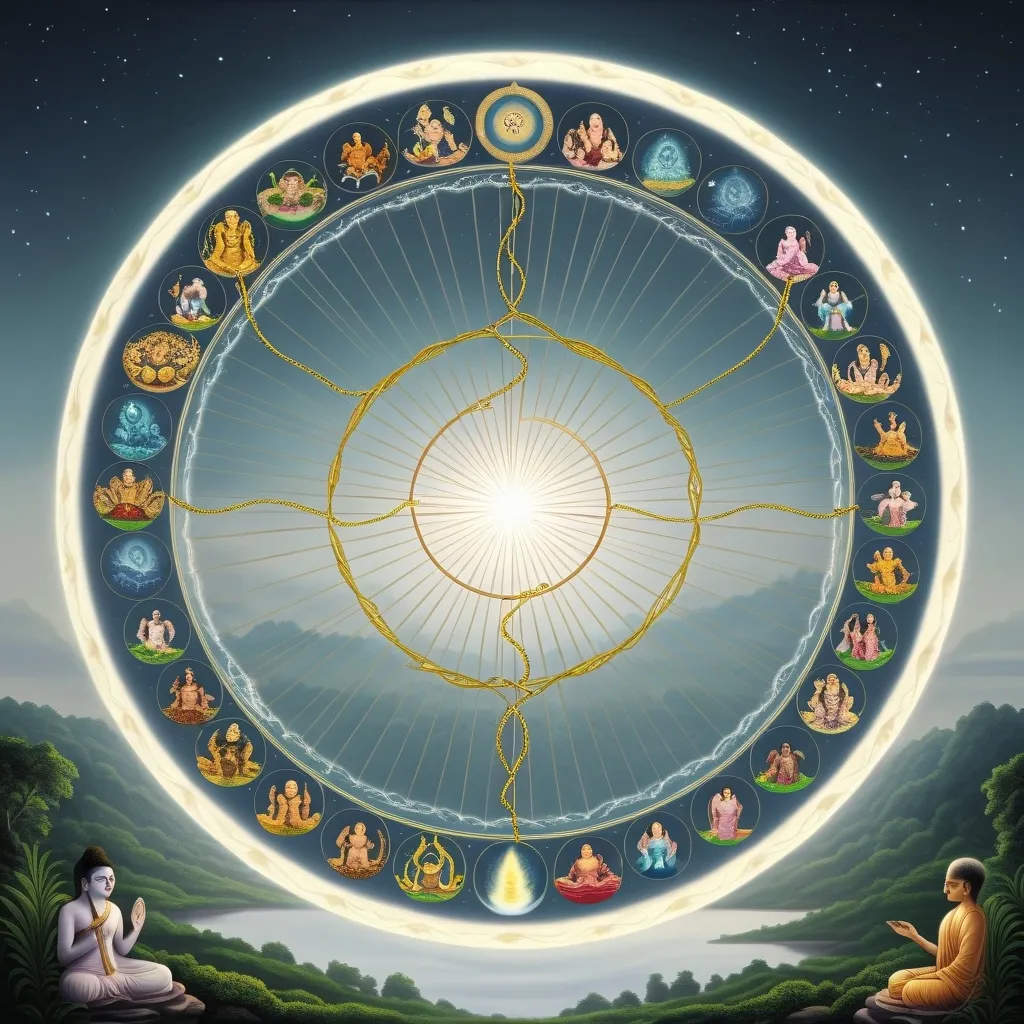If you’ve ever sat in a room filled with the resonant intonations of Vedic chanting, you’ll know the effect is immediate, almost palpable—a rhythm that seems to touch both mind and body at once. But what you may not realize is just how meticulously this tradition has been crafted, not just to nurture spiritual experience, but also to serve as a vessel for the preservation and transmission of knowledge long before the world turned to pen and paper.
The story of Vedic chanting is a testament to human ingenuity. Imagine memorizing thousands of verses—over 10,000 in the Rigveda alone—without a single written line as a guide. Early practitioners achieved this through a complex system of oral training, built around precise sound and rhythm. Each word, each syllable, and even the smallest dip or rise in pitch, had to be learned exactly. Why so much detail? In Vedic Sanskrit, a shift in tone could change the entire meaning of a phrase. So error was not an option.
Now, let’s consider an intriguing detail: the sheer discipline encoded in the structure of chanting. Multiple styles existed, not for artistic flair, but for accuracy. Patha variations like jaṭā, ghana, and mālā recitations functioned as self-correcting mechanisms. They wove, stacked, or garlanded words into complex grids of repetition and reversal. If a slip crept in, the error would become glaringly obvious within the rigid framework. This was ancient quality control, achieved not with bureaucracy, but with creative repetition.
As a student of this tradition, I can’t help but admire the dedication required. Under the guru-śiṣya paramparā system, students apprenticed for years, often beginning as children. They were not just learning to recite, but to embody a discipline rooted in humility, concentration, and respect. The relationship between teacher and student was intimate, built on trust and the shared pursuit of perfection. This wasn’t just about memorization—it was about shaping a certain type of person.
“Education is not the filling of a pail, but the lighting of a fire.”—W.B. Yeats
Let’s turn to the modern lens. Neuroscience now confirms what Vedic practitioners intuitively knew: chanting brings about real, measurable changes in the body and brain. The process of rhythmic vocalization, especially in a group, has a calming effect on the nervous system. Brain scans show shifts from high-frequency, anxious beta waves to the more peaceful alpha and even theta states commonly seen in meditation. With repetition, chanting can influence neuroplasticity, helping the brain form and strengthen new connections.
Isn’t it fascinating how a practice developed centuries ago for spiritual and mnemonic purposes ends up having therapeutic applications today? Speech therapists borrow techniques from Vedic chanting to aid with language disorders. Educators study its utility for improving memory and rote learning. Even those seeking relief from stress or anxiety benefit—chanting engages the vagus nerve, which plays a key role in calming our fight-or-flight responses.
To truly grasp the power of Vedic chanting, we have to understand the idea of sound as more than noise. Every syllable, when pronounced with precision, is believed to produce a specific vibration—one that not only carries meaning, but also has a subtle effect on the body’s energy centers. There’s a kind of hidden engineering at play, grounded in the observation of how sound interacts with consciousness.
“Where words fail, music speaks.”—Hans Christian Andersen
Consider for a moment the sheer cultural transmission enabled by the oral tradition. In a world without books, these techniques weren’t just about preserving stories or rituals—they were a form of data storage and error correction. Imagine trusting the fate of an entire philosophical tradition to the delicate balance of memory and discipline. And yet, it worked. Manuscripts inevitably decay, but sound, carried from mind to mind, persists.
I often wonder: If these methods were developed today, how would we perceive them? Would we see them as advanced memory hacks or as tools for mindfulness? Perhaps both. What’s clear is that they offer an antidote to our increasingly scattered attention. In an era of digital distractions, the deep focus demanded by chanting is almost revolutionary.
“Attention is the rarest and purest form of generosity.”—Simone Weil
But the tradition has always been alive, not static. As global interest in yoga and meditation has grown, Vedic chants have found new audiences. Some recordings use modern technology to reach listeners far from their original context, while others strive to preserve the nuances of oral transmission. UNESCO’s recognition of Vedic chanting as Intangible Cultural Heritage in 2008 is more than a symbolic gesture—it’s a rallying cry for preservation in the face of rapid change.
Have you ever paid attention to your own heartbeat when you chant or listen to a chant? Studies suggest that heart rate variability—a key marker of health and resilience—increases during chanting. This isn’t just about calming the mind; it’s about fostering physiological balance throughout the body.
Modern research has even uncovered links between long-term chanting and increases in brain structure and function. Practitioners often show greater white matter volume in regions responsible for memory and speech articulation. This means that the very act of chanting helps expand the neural landscape needed for learning and communication. It’s not just the content of the chants that matters, but the sustained cognitive workout involved in their daily practice.
For those of us drawn to words and ideas, it’s humbling to realize that centuries of profound philosophical thought were shaped, preserved, and transmitted by the science of sound. The power wasn’t just in the meaning, but in the disciplined performance—each session a collective act of remembering, learning, and becoming.
“The beginning of wisdom is the definition of terms.”—Socrates
What lessons can we draw for the future? In education, we might look more closely at oral methods, especially for early learning and memorization. In mental health, the soothing and focusing properties of rhythmic sound could inform new therapies. And on a personal level, anyone seeking greater clarity or calm can tap into these ancient practices, whether by joining a chanting group or simply repeating sacred syllables at home.
The science of sacred sound has always been about more than preserving knowledge. It’s about cultivating a certain quality of mind—a clarity, steadiness, and receptivity that serves both intellect and spirit. The tools are ancient, but the needs they address feel very much of our time.
So, next time you encounter a Vedic chant, whether live or recorded, perhaps pause for a moment. Notice the detail, the focus, the intent. Ask yourself: What am I hearing? What am I becoming as I listen—or as I join in? Through the dance of sound and silence, you are taking part in a process as old as memory itself, and as fresh as your next breath.






